Roll-to-Roll Manufacturing of Batteries: A Revolution in Energy Storage
As the demand for renewable energy solutions and portable electronic devices grows, the need for efficient and scalable battery manufacturing processes has never been more critical. One promising approach is roll-to-roll (R2R) manufacturing, also known as web handling, a technique traditionally used in various industries for producing films and flexible materials. This innovative method is now being adapted for the production of advanced batteries, particularly flexible batteries, lithium-ion batteries, and next-generation energy storage solutions.
What is Roll-to-Roll Manufacturing?
R2R processing involves the continuous transformation of materials from large rolls, which are fed through a series of machines that perform various production steps. This technique allows for high-speed operations and efficient material utilization, minimizing waste and reducing costs. In the context of battery manufacturing, R2R can streamline the production of electrodes, separators, and even entire battery packs, all while catering to the growing demand for lightweight and flexible energy storage solutions.
Roll-to-Roll Processing Steps
Unwinding: The R2R process starts with unwinding a roll of foil into the processing machinery. Consistent tension is crucial to avoid wrinkles, tears, and uneven feeding.
Foil Alignment: An edge guide system ensures the foil feeds straight through the machinery, preventing defects and maintaining quality.
Preprocessing: The foil may need surface treatment, like corona or plasma, to improve adhesion for inks, adhesives, or coatings.
Processing Steps: Techniques include printing (for electrodes, patterns), coating (for continuous films), etching, cutting, and lamination.
Drying and Curing: After applying inks or coatings, the foil undergoes drying or curing via methods like oven drying, infrared drying, vacuum drying, UV curing, or electron beam curing.
Quality Control: A quality control stage checks the processed product for defects, ensuring it meets specifications.
Rewinding: The final product is wound onto a roll for further processing, storage, or shipping.
The Slurry Coater is a precision tool designed for wet film deposition in laboratory-scale R&D, ideal for coating functional materials like battery slurries, perovskite inks, conductive pastes, and sensor formulations
Advantages of Roll-to-Roll Manufacturing for Battery Production
Scalability: R2R manufacturing is naturally suited for high-volume production. By converting raw materials into finished products in a continuous manner, manufacturers can easily scale up production to meet increasing market needs.
Cost Efficiency: The continuous nature of R2R processing reduces labour costs and production time. This efficiency translates into lower overall production costs, allowing for competitively priced batteries that can help address the rising demand in consumer electronics, electric vehicles (EVs), and renewable energy storage systems.
Customization: The flexibility of R2R manufacturing allows for quick adjustments to production lines, enabling manufacturers to customize battery designs based on specific customer requirements or emerging market trends. This adaptability can support a wide range of applications, from small-scale consumer devices to large-scale energy storage systems.
Material Efficiency: R2R processes reduce material waste significantly compared to traditional batch processes. By optimizing the use of raw materials and minimizing scrap, manufacturers can enhance sustainability and lower environmental impact.
Integration of Advanced Materials: R2R manufacturing facilitates the incorporation of advanced materials, such as conductive polymers, nanomaterials, and solid-state electrolytes, which can improve battery performance, energy density, and safety. This is particularly important in the development of next-generation batteries that outperform conventional lithium-ion technologies.
A corona treatment can be beneficial to enhance the foil's surface for better adhesion.
Applications of Roll-to-Roll Battery Manufacturing
Flexible Batteries: R2R manufacturing is ideally suited for the production of flexible batteries, which are essential for wearable electronics and flexible displays. These batteries can be integrated into fabrics or other materials, making them versatile for various applications within Internet of Things (IoT) and smart textiles.
Lithium-ion Batteries: Traditional lithium-ion battery production can benefit significantly from R2R techniques. By manufacturing electrodes and separators on rolls, producers can enhance energy throughput and ensure consistent quality. This process is particularly advantageous for certain applications, such as grid energy storage and electric vehicles.
Solid-State Batteries: The development of solid-state batteries represents a promising frontier in energy storage technology. R2R manufacturing can simplify the production of solid-state components, allowing for faster development cycles and lower costs, while simultaneously enhancing safety and energy density.
Thin-Film Batteries: R2R techniques are also being explored for the creation of thin-film batteries, which offer unique advantages such as low weight and high flexibility. Given their potential for integration into consumer electronics and medical devices, their production through R2R processes is an exciting area of research and development.
Challenges and Future Directions
While R2R manufacturing presents numerous advantages, several challenges remain. These include maintaining consistency in material quality over long production runs, ensuring the effective integration of multiple layers in multi-component batteries, and developing cost-effective machinery for R2R processes.
However, ongoing research and technological advancements are expected to address these challenges. As the demand for efficient battery production increases, collaboration between academic researchers, industry leaders, and technology developers will be crucial in unlocking the full potential of R2R manufacturing for batteries.
R2R manufacturing holds the promise of revolutionizing battery production, enabling scalable, cost-effective, and innovative solutions for energy storage. As the world moves towards a more sustainable future powered by renewable energy and advanced technologies, R2R processing will play a vital role in meeting the energy demands of tomorrow. With continued investment in research and infrastructure, R2R battery manufacturing is set to become a cornerstone of the modern energy landscape.

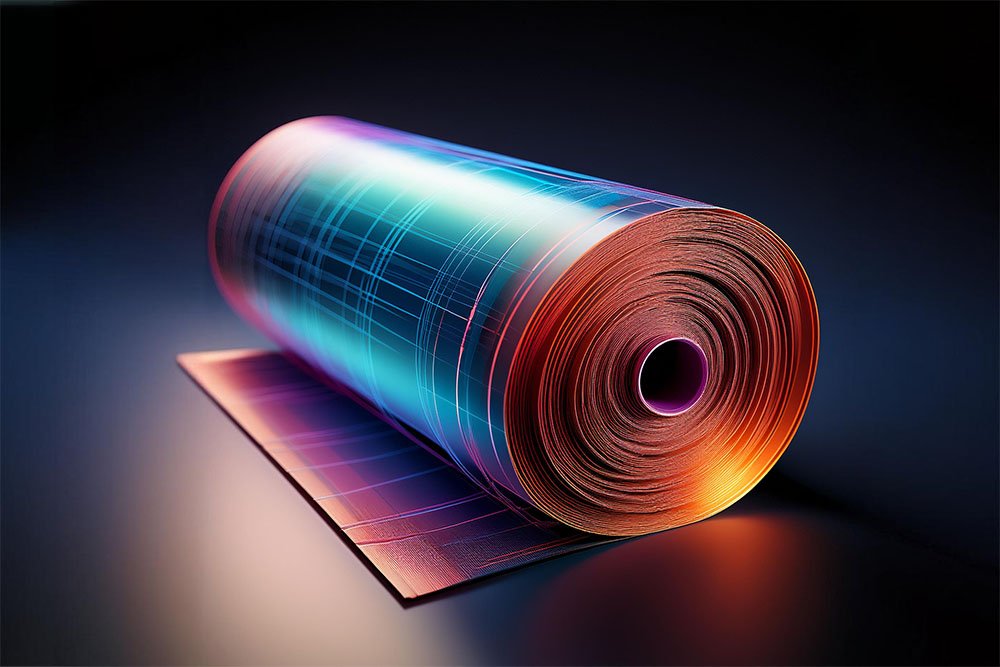


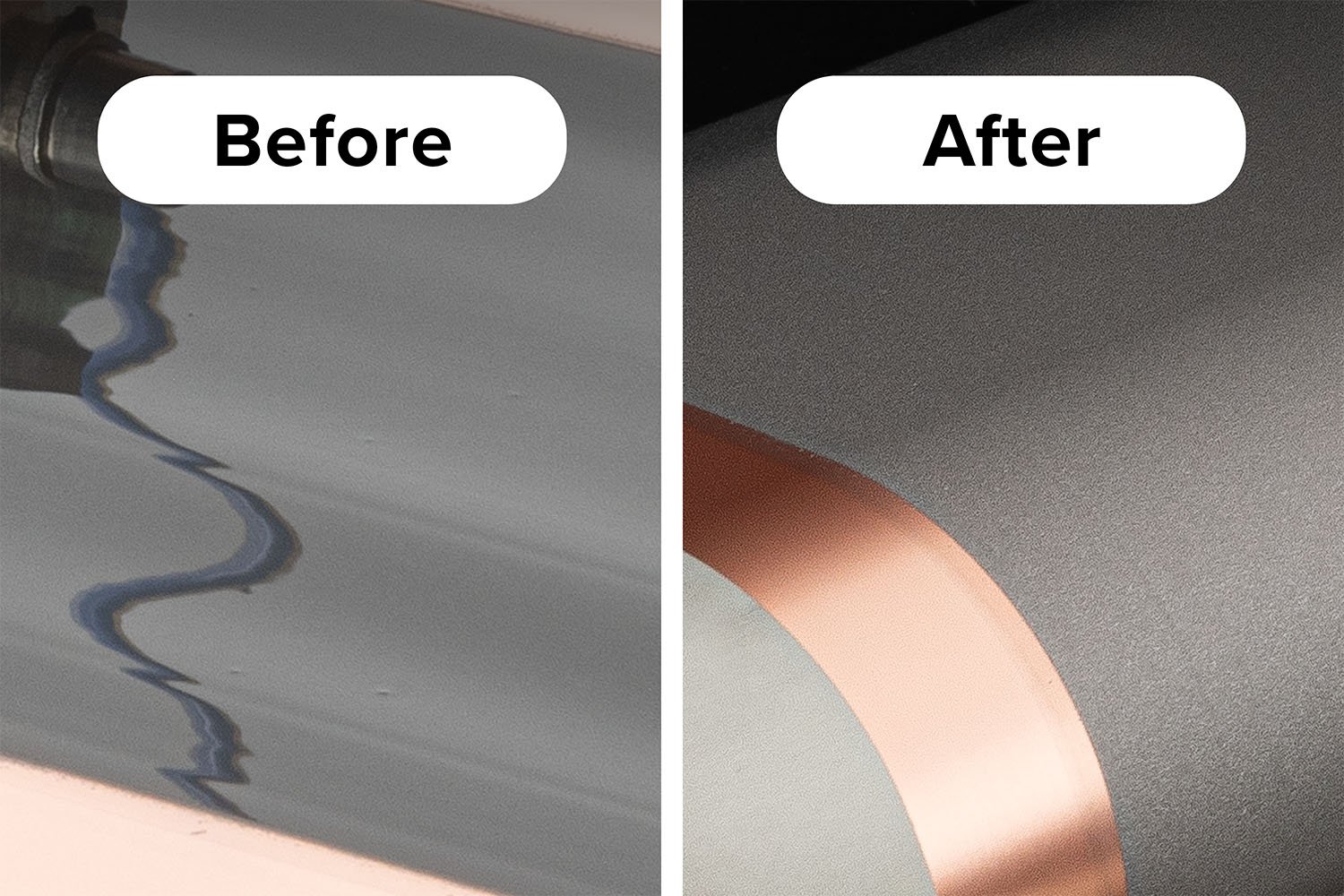




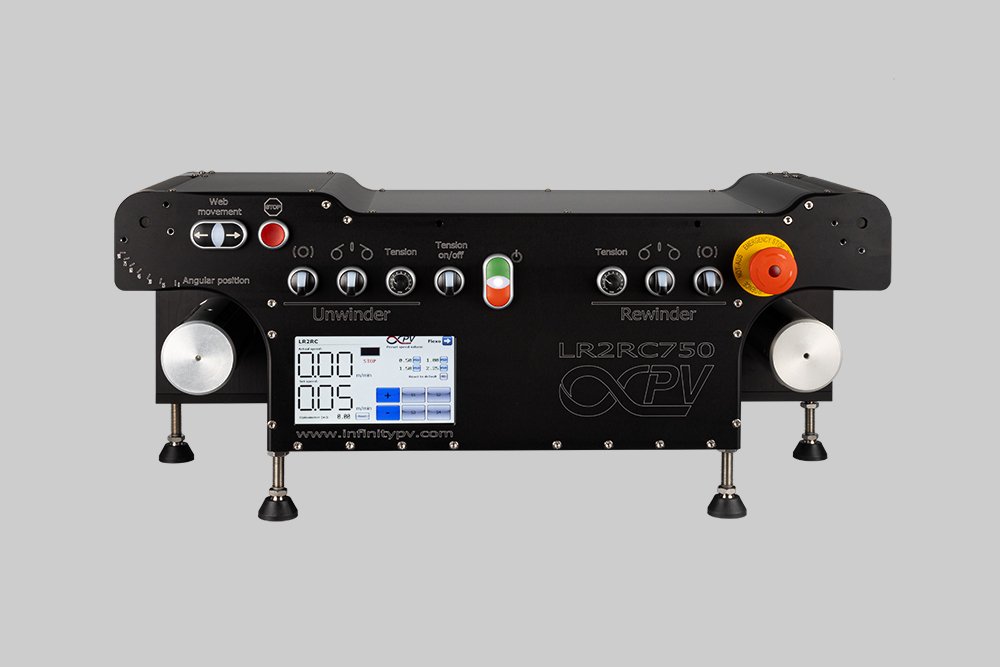
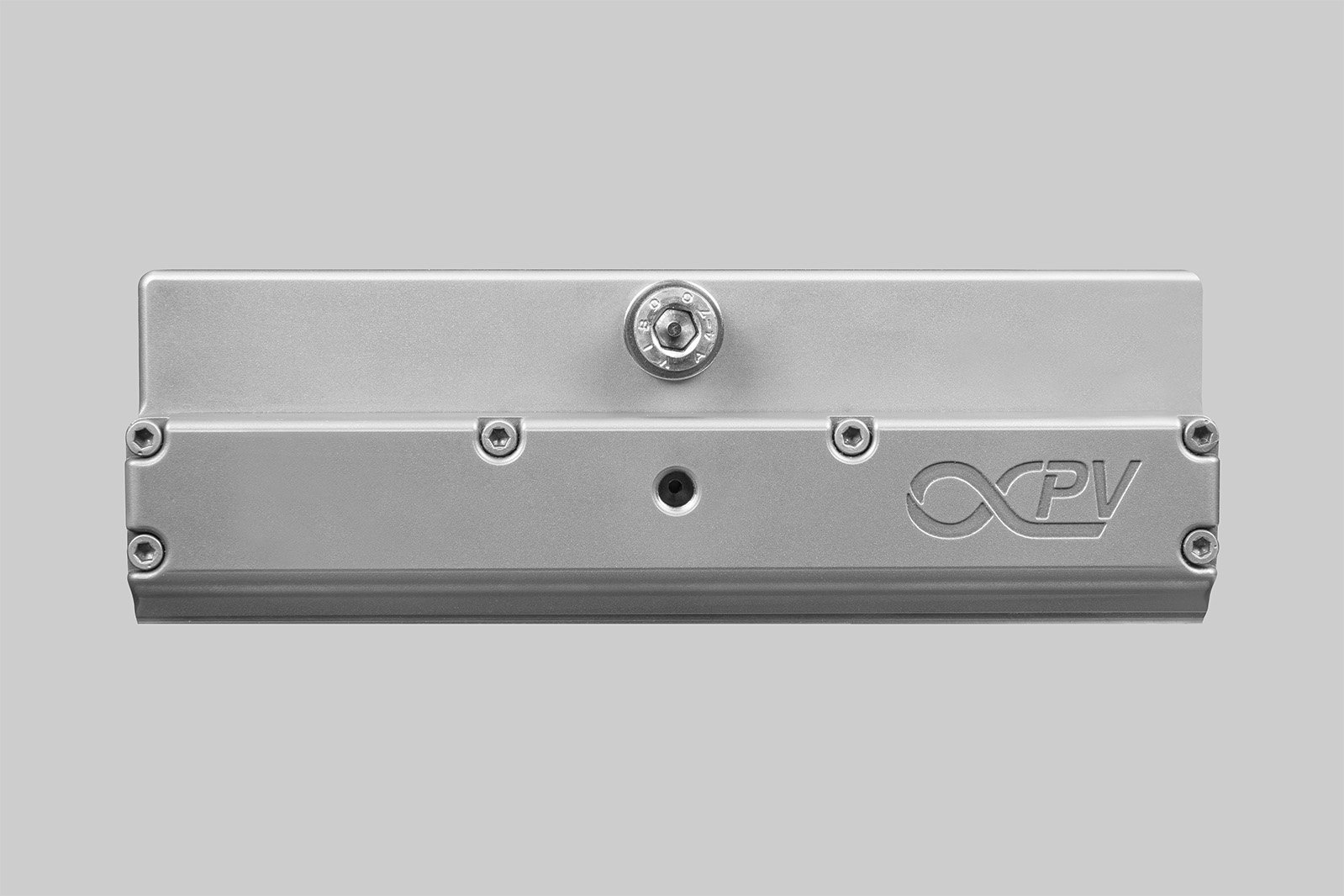

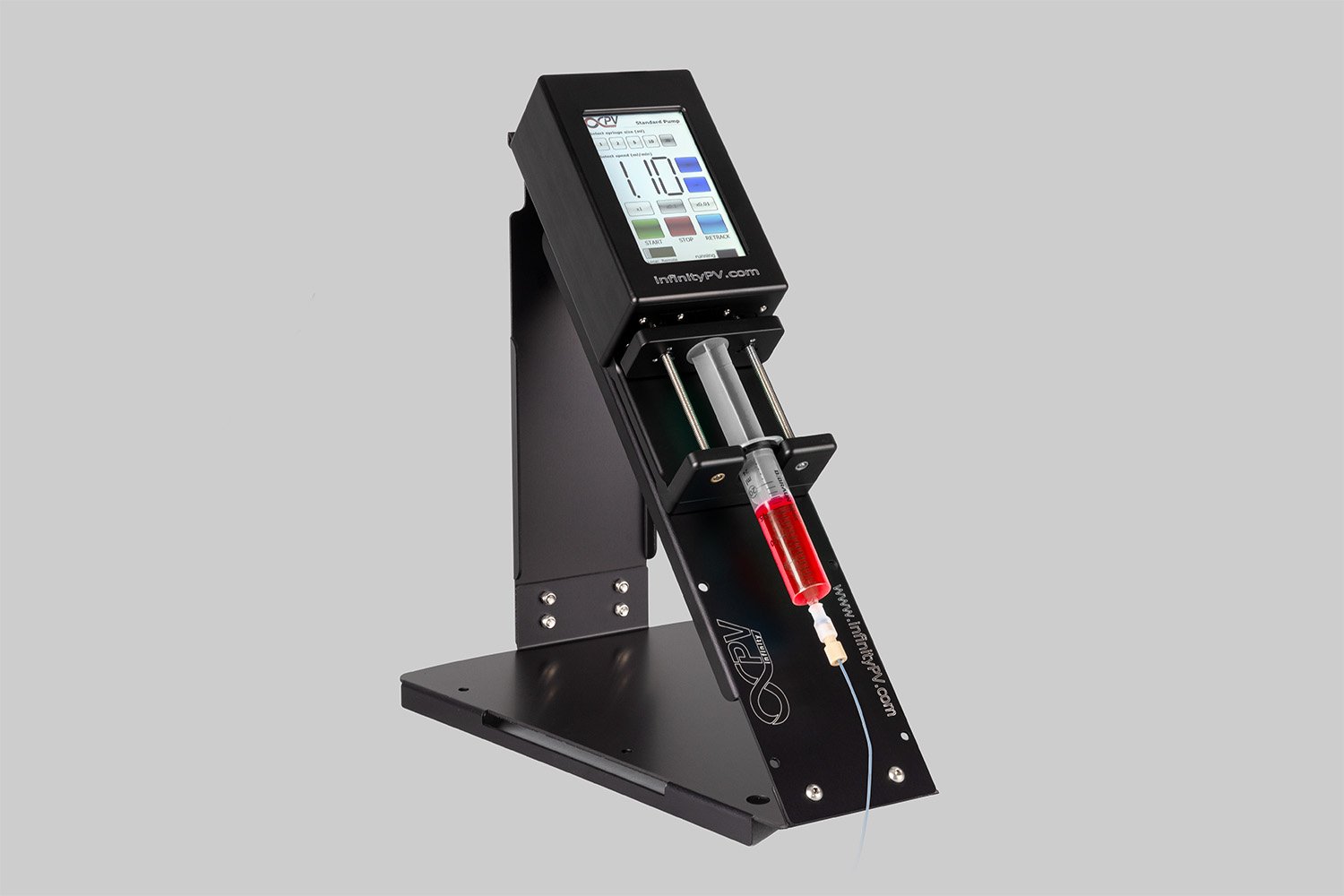

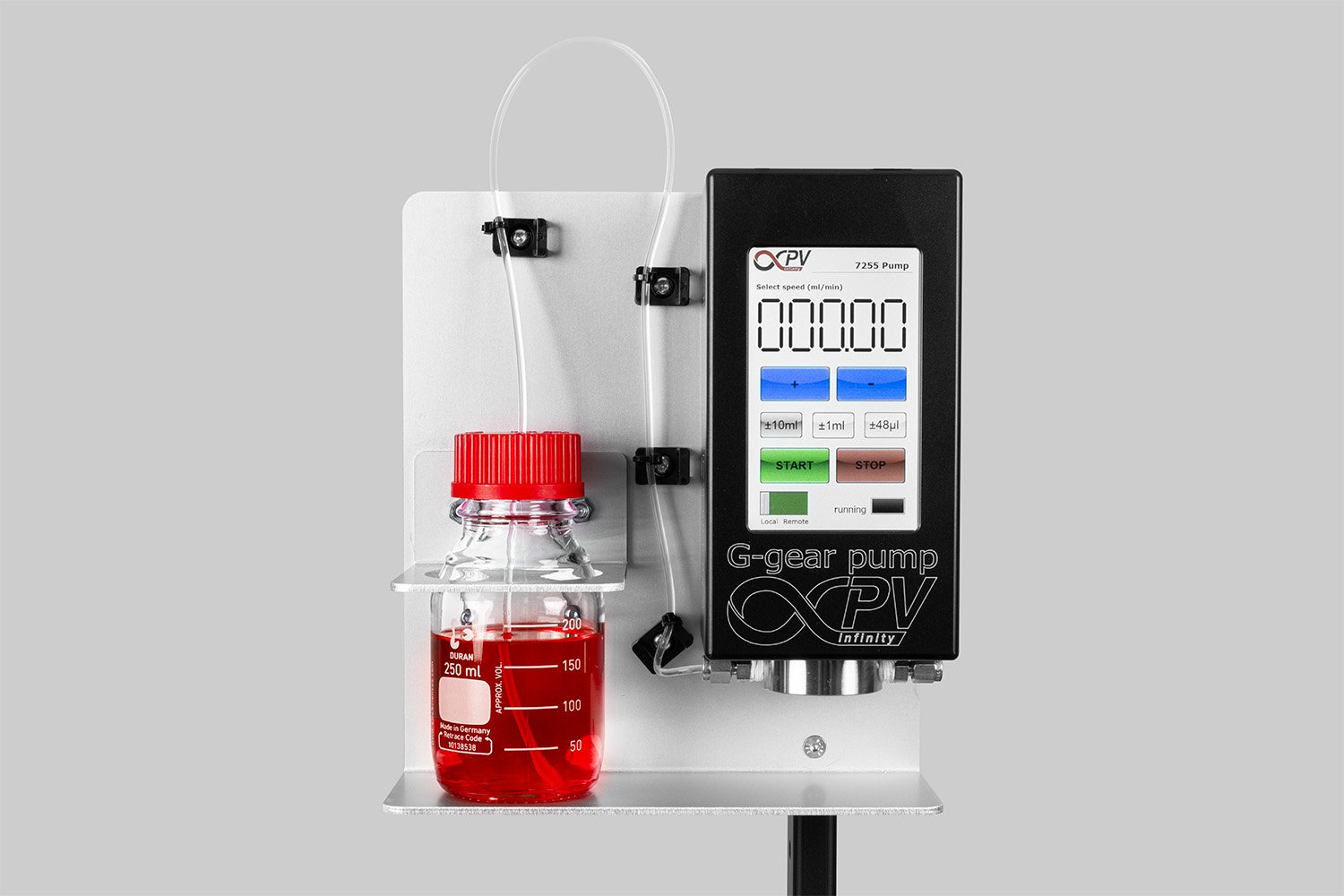
Customized for lab-scale research and development, this system facilitates the efficient application of battery electrode coatings.